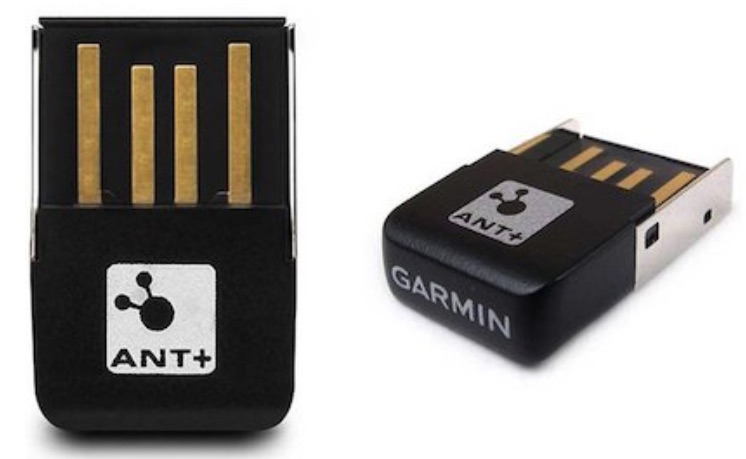

- #Garmin usb ant stick for other bluetooth devices full#
- #Garmin usb ant stick for other bluetooth devices free#
This standardization allows for the networking of nearby ANT+ devices to facilitate the open collection and interpretation of sensor data. ANT+ ĪNT+, introduced in 2004 as "the first ultra low power wireless standard", is an interoperability function that can be added to the base ANT protocol. The ANT messaging period (the time between each node transmitting its data) determines how many time slots are available.

The radio transmits for less than 150 µs per message, allowing a single channel to be divided into hundreds of time slots.
#Garmin usb ant stick for other bluetooth devices free#
This scheme provides the ability for each transmission to occur in an interference free time slot within the defined frequency band. ĪNT uses an adaptive isochronous network technology to ensure coexistence with other ANT devices. This is in contrast with normal Bluetooth, which was designed for relatively high bit-rate applications such as streaming sound for low power headsets.ĪNT uses adaptive isochronous transmission to allow many ANT devices to communicate concurrently without interference from one another, unlike Bluetooth LE, which supports an unlimited number of nodes through scatternets and broadcasting between devices.Ģ.4 GHz and 900 MHz (slightly varies per country)īroadcast/Ack - 200 Hz × 8 bytes × 8 bits = 12.8 kbit/sġ25 kbit/sec, 250 kbit/sec, 500 kbit/sec, 1 Mbit/s, 2 Mbit/s (Bluetooth 5 PHY speeds)Ħ5533 per shared channel (8 shared channels) ġ sink and 7 active sensors, 200+ inactive ġ sink and 7 sensors (but scatternet unlimited), mesh - 32767 īluetooth, Wi-Fi, and ZigBee employ Direct Sequence Spread Spectrum (DSSS) and Frequency-Hopping Spread Spectrum (FHSS) schemes respectively to maintain the integrity of the wireless link. Comparison to other protocols ĪNT was designed for low bit-rate and low power sensor networks, in a manner conceptually similar to (but not compatible with) Bluetooth low energy. This technique is suited to data block transfer where the integrity of the data is paramount. The packets are sequence numbered for traceability. The receiving node acknowledges receipt and informs of corrupted packets that the transmitter then re-sends.
#Garmin usb ant stick for other bluetooth devices full#
ĪNT can also be used for burst messaging this is a multi-message transmission technique using the full data bandwidth and running to completion. This technique is suited to control applications. The transmitter is informed of success or failure, although there are no retransmissions. Īcknowledged messaging confirms receipt of data packets. This technique is suited to sensor applications and is the most economical method of operation. The receiving node(s) transmit no acknowledgment, but the receiving node may still send messages back to the transmitting node. Broadcast is a one-way communication from one node to another (or many). ĪNT accommodates three types of messaging: broadcast, acknowledged, and burst. Any node can transmit or receive, so the channels are bi-directional.

Įach ANT channel consists of one or more transmitting nodes and one or more receiving nodes, depending on the network topology. Average current consumption for low message rates is less than 60 microamps on some devices.

Technical information ĪNT can be configured to spend long periods in a low-power sleep mode (consuming of the order of microamps of current), wake up briefly to communicate (when consumption rises to a peak of 22mA (at -5 dB) during reception and 13.5mA (at -5 dB) during transmission) and return to sleep mode. In addition, every node is capable of determining when to transmit based on the activity of its neighbors. This means the nodes can act as transmitters, receivers, or transceivers to route traffic to other nodes. ANT-powered nodes are capable of acting as sources or sinks within a wireless sensor network concurrently.


 0 kommentar(er)
0 kommentar(er)
